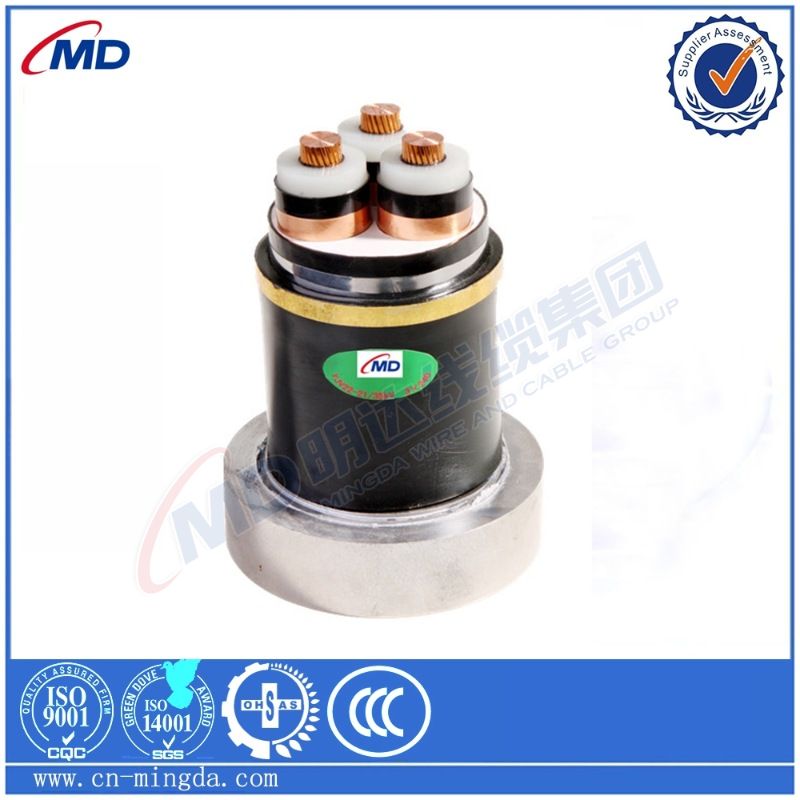10 月 . 09, 2024 09:34 Back to list
actuated ball valve
Actuated Ball Valve A Comprehensive Overview
The actuated ball valve is a critical component in various industrial applications, known for its reliability, durability, and efficiency in controlling the flow of liquid or gas within pipelines. Combining the functionality of a traditional ball valve with an actuator, this innovative mechanism allows for automated operation, making it an essential tool in numerous sectors including oil and gas, water treatment, pharmaceuticals, and food processing.
At its core, a ball valve operates by using a spherical disc, or ball, with a hole in the center. When the ball is rotated to align the hole with the inlet and outlet, fluid can flow through; when rotated perpendicular to the flow, the valve is closed. This simple yet effective design provides a tight seal, which is advantageous for controlling high-pressure and high-temperature applications.
The integration of an actuator transforms the manual operation of a ball valve into an automated process. Actuation can be achieved using different types of actuators, including electric, pneumatic, and hydraulic. Each type has its own advantages and is chosen based on the specific requirements of the application. For instance, electric actuators are often preferred for their precision and ease of integration with control systems, while pneumatic actuators are valued for their speed and power.
One of the key benefits of using actuated ball valves is enhanced control and efficiency. In automated systems, these valves can be controlled remotely, allowing for real-time adjustments based on system demands or operational conditions. This capability is particularly beneficial in complex processes where conditions can change rapidly, enabling quick responses to maintain optimal performance and safety.
actuated ball valve

Moreover, actuated ball valves contribute significantly to energy efficiency. Automated valves can minimize the potential for leaks when compared to manual valves, as they reduce the likelihood of human error during operation. The precision of actuators ensures that valves operate as intended, thereby preventing wastage of resources and maintaining the integrity of the system.
Additionally, the reliability of actuated ball valves in harsh environments should not be underestimated. Many modern actuated ball valves are designed with materials that can withstand corrosion, high pressures, and extreme temperatures. This durability extends the lifespan of the valve and reduces maintenance costs, making it a cost-effective solution in the long run.
In terms of installation and maintenance, actuated ball valves offer an advantage as well. The compact design of these valves allows for easy installation in confined spaces, and their mechanical components require relatively low maintenance compared to other types of valves. Regular inspections and minimal servicing can ensure that the system operates smoothly without significant downtime.
Safety is another important aspect of actuated ball valves. With their capability for automatic operation, they can be integrated into safety systems that monitor pressure and flow. When abnormal conditions are detected, these valves can be programmed to close automatically, preventing potential hazards and protecting equipment and personnel.
In conclusion, actuated ball valves represent a vital advancement in fluid control technology. Their ability to combine automation with reliable performance makes them indispensable in various industries. As technology continues to evolve, the future of actuated ball valves looks promising, with new materials and smart actuators enhancing their functionality and application possibilities. Investing in actuated ball valve technology not only improves operational efficiency but also contributes to overall workplace safety and resource management.
Share
-
Understanding the Differences Between Wafer Type Butterfly Valve and Lugged Butterfly ValveNewsOct.25,2024
-
The Efficiency of Wafer Type Butterfly Valve and Lugged Butterfly ValveNewsOct.25,2024
-
The Ultimate Guide to Industrial Swing Check Valve: Performance, Installation, and MaintenanceNewsOct.25,2024
-
Superior Performance with Industrial Swing Check Valve: The Essential Valve for Any SystemNewsOct.25,2024
-
Industrial Swing Check Valve: The Ideal Solution for Flow ControlNewsOct.25,2024
-
You Need to Know About Industrial Swing Check Valve: Functionality, Scope, and PerformanceNewsOct.25,2024